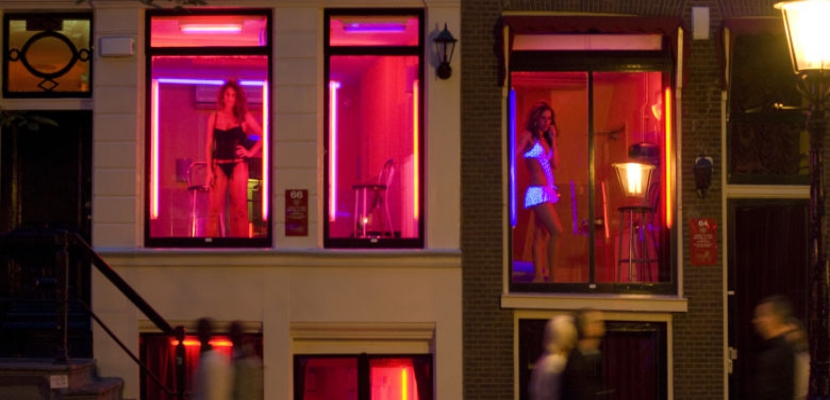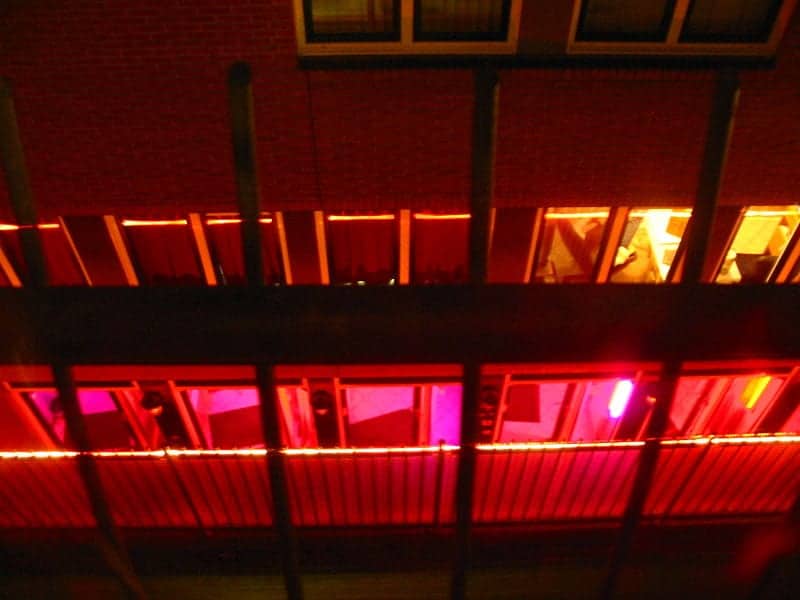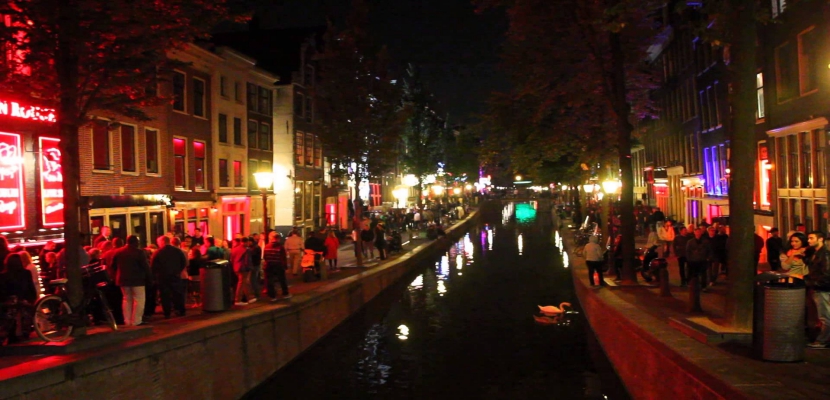
The Dutch Amsterdam continues to be seen as one of the most liberal, historical and curious places in Europe. A cosmopolitan metropolis where coffee shops they alternate with museums for all tastes, trams with canals and an area, the Red Light District of Amsterdam, continues to show in its showcases hidden whims and desires that confirm the almost surreal potential of the Dutch capital.
Amsterdam's Red Light District, the most popular of the pleasure neighborhoods
The names "Red Light District" or "Red Zone" refers to a certain area of a city related to the sex industry and prostitution, sometimes within an area known as a "tolerance zone." These districts make it possible to legalize prostitution and, in this way, offer collaboration with medical centers in the matter of tests and analyzes as a way to better control the sector and the spread of sexual diseases. At the same time, it also helps not to unbalance urban centers and keep child prostitution under control.
A controversial portion of the urban plan of a city whose name Red Light District began to be used in the United States in the late XNUMXth century in reference to the red lights that were hung in brothels and related establishments as a form of identification for those interested. The problem resides in the many other commercial interests spilled in these types of places, sometimes also installed clandestinely in residential areas or expanding their expansion without a specific delimitation.
However, this is not the case in the Red Light District of Amsterdam, a district that despite its condition has become over time one of the most visited tourist attractions in the Dutch capital.
Night falls on Amsterdam's Red Light District

Amsterdam's Red Light District (known as Red light district in Dutch) is distributed in three different districts: De Wallen, the most famous, Singelgebied and Ruysdaelkade, areas that are concentrated in the heart of the city, next to the Oudezijds Voorburgwal and Oudezijds Achterburgwal canals and the dam built at the time to avoid the high tides of the nearby coast. Next to it, there used to be a small fishermen's neighborhood to which prostitutes would approach wearing red lanterns announcing their services.
Despite her current "facelift" and the legalization of brothels in 2000, the Red Light District has been the result of different sociological and urban planning experiments during the last twenty years: in the 90s, an attempt was made to introduce male prostitution, although it did not have the expected success, coinciding with a wave of covert crime that in 2008 led to the city mayor, Job Cohen, to launch project 1012, reducing from 450 to almost 300 establishments in the area, many of them clandestine and illegal. At the same time, it was decided to give some of the spaces a more bohemian atmosphere in the form of artists and painters who exhibited their works in showcases, while the legality of the business continued to apply in a country where these tolerance zones work hand in hand. side by side with Health in order to be able to regulate the activity while meeting an evident demand.
The Red Light District lights up in reddish tones at dusk and in its windows you can see suggestive women who dazzle tourists and become more a reason for entertainment than a service itself, although they also offer it, obviously. The deployment of coffee shops, restaurants and shops that intermingle with these places of a charismatic squalor throughout the three districts, being Warmoestraat the best known street of all with endless classic establishments fused with those other more controversial in which, as a rule, prostitutes cannot be photographed.
Amsterdam's Red Light District: the other side of prostitution

The iconic character that Amsterdam's Red Light District has acquired in recent years has spawned many other tourist attractions inspired by brothels and their activity.
The most famous example is the museum Red Light Secrets, where the internal work of all these brothels is shown in the form of pictures, and exhibits. For the most voyageurs, Erotic museum offers live samples of bondage or shows, similar to the program offered by the sex museum located somewhat more to the northwest of this area.
The coffee shops They also display their full potential in the Red Light District to the delight of tourists in search of other pleasures, with examples such as the Baba or the Green house, two of the most famous in the entire city of Amsterdam despite the curious local regulations of no be able to consume neither tobacco nor beer.
If you travel to Amsterdam you can not only enjoy a route through some of the most important places in this cosmopolitan city, but also opt for a sordid and relaxing break in a Red Light District that has become the most famous in the world thanks to its ability to reinvent old prejudices.
Have you ever visited the Red Light District in Amsterdam?
